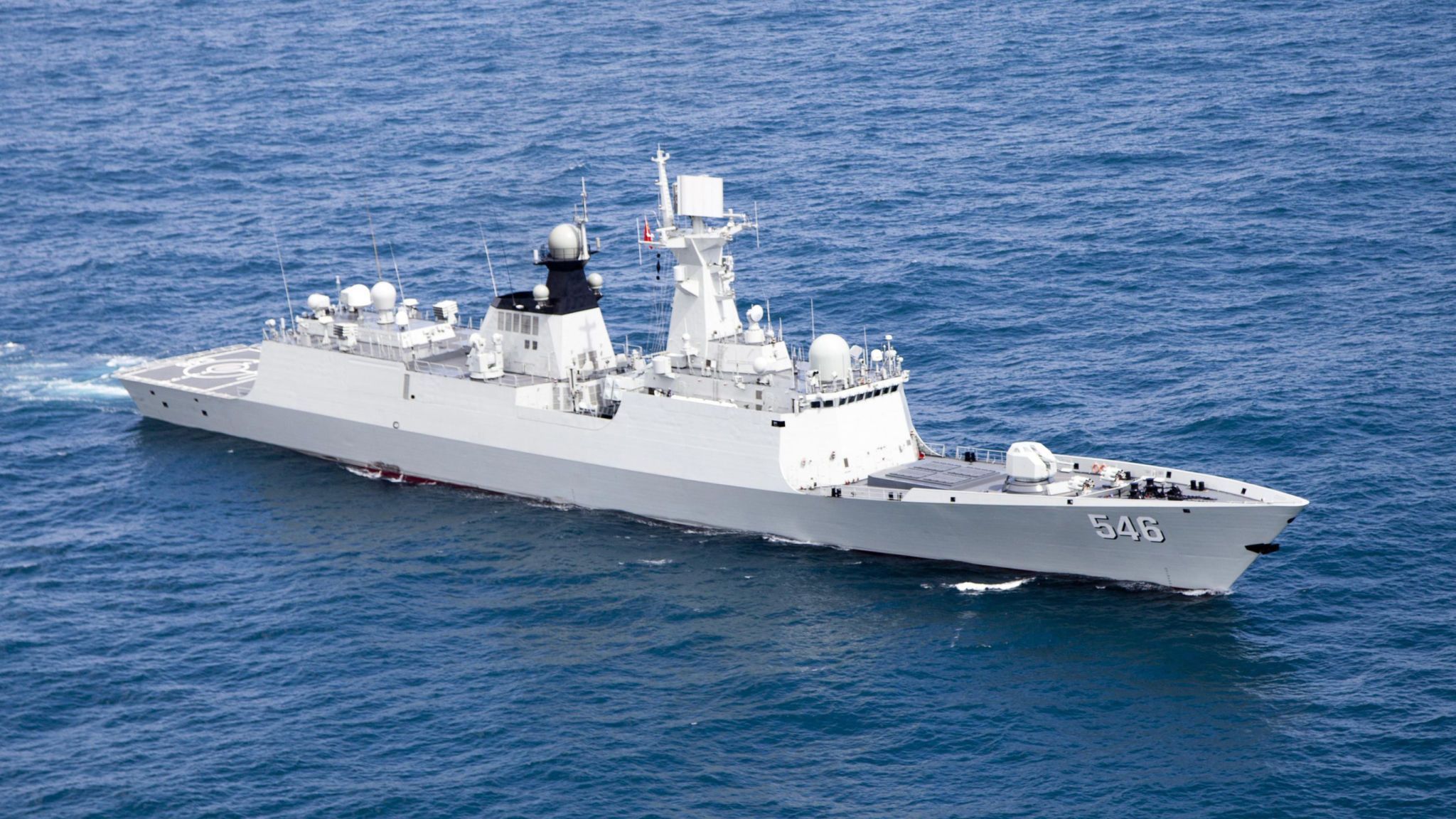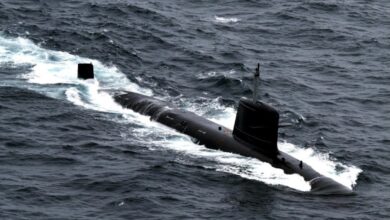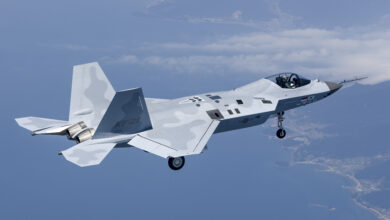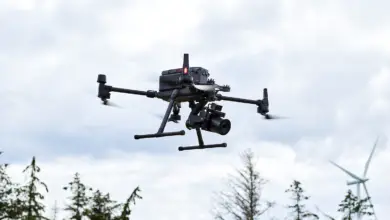China and ASEAN members to hold first navy exercises in South China Sea
China and Southeast Asian states will hold their first joint maritime exercises next week, officials said Friday, in a move aimed at easing tensions but which may spark U.S. alarm.
Beijing’s expansive claims to the South China Sea have long been a source of friction with rival claimants in Southeast Asia, as well as Washington which has traditionally been the dominant naval power in the area.
Despite disagreements over Beijing’s territorial ambitions, China and Southeast Asia are trying to strike a more conciliatory tone in an effort to stop tensions from spiralling dangerously out of control.
As part of this, the navies of China and the 10-member Association of Southeast Asian Nations (ASEAN) are set to hold their first joint drills, which will take place in the South China Sea.
“As we speak, the navies of ASEAN are en route to Zhanjiang in China for the ASEAN-China Maritime Exercise,” Singapore Defense Minister Ng Eng Hen said.
Making the announcement at a gathering of ASEAN defense ministers in Singapore, also attended by U.S. Secretary of Defense Jim Mattis and his Chinese counterpart, Ng said the drills would help to “build trust, confidence.”
The Philippine Navy sent a 200-strong continent to China ahead of the exercise.
The city of Zhanjiang in southern China is home to the South Sea Fleet of the People’s Liberation Army.
Tabletop exercises between ASEAN and China were held in Singapore in August to prepare for next week’s drills.
U.S. officials may be alarmed that traditional allies and partners in Southeast Asia appear to be drawing closer to China, at a time when concern is already growing in Asia about American commitment to the region under President Donald Trump.
In an apparent effort to lessen any such fears, Ng also said ASEAN was planning to hold maritime exercises with the U.S. for the first time next year.
‘US not losing ground’
Hoang Thi Ha, a political analyst with the ISEAS Yusof Ishak Institute in Singapore, said next week’s exercises were aimed at “demonstrating that China and ASEAN are managing well their maritime problems.”
But she added its significance should not be overstated as it was a one-off drill in waters that were not disputed. “The U.S. is not losing ground exactly because ASEAN chooses to be open and inclusive,” she told AFP.
The Southeast Asian defense ministers also agreed on guidelines to prevent unplanned encounters between their military aircraft, and will propose them to other countries, including the U.S. and China, at a meeting on Saturday, Ng said.
They are aimed at reducing the likelihood that a chance encounter could spiral into conflict in the case of a miscalculation.
Four ASEAN members – Brunei, Malaysia, the Philippines and Vietnam – have conflicting claims in the South China Sea with Beijing. China claims sovereignty over almost the entire area, including waters near the shores of smaller countries.
Cambodia, Indonesia, Laos, Myanmar, Singapore and Thailand are ASEAN’s other members.
Concerns have escalated dramatically in recent years as China started building artificial islands on reefs in disputed waters, and it has also constructed military facilities and airstrips.
Washington has expressed alarm over the island-building, saying it could affect freedom of navigation in the sea, which hosts some of the world’s most vital commercial shipping lanes.
At Friday’s meeting, Mattis reiterated Washington’s concern “about the militarization of the features in the South China Sea.”
“No single nation can rewrite the international rules of the road, and we expect all nations – large and small – to respect those rules,” he added.
The Pentagon chief met Thursday with his Chinese counterpart, General Wei Fenghe, on the sidelines of the gathering as they sought to normalize military relations that have dramatically soured over trade and sanctions tensions.
US gives patrol boats to Vietnam amid South China Sea tensions
With reporting from AFP












One Comment